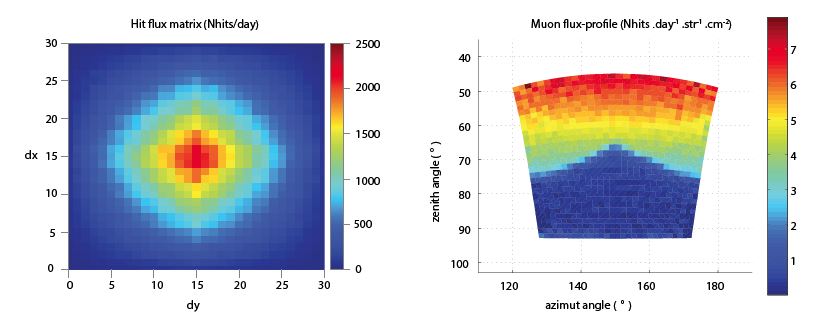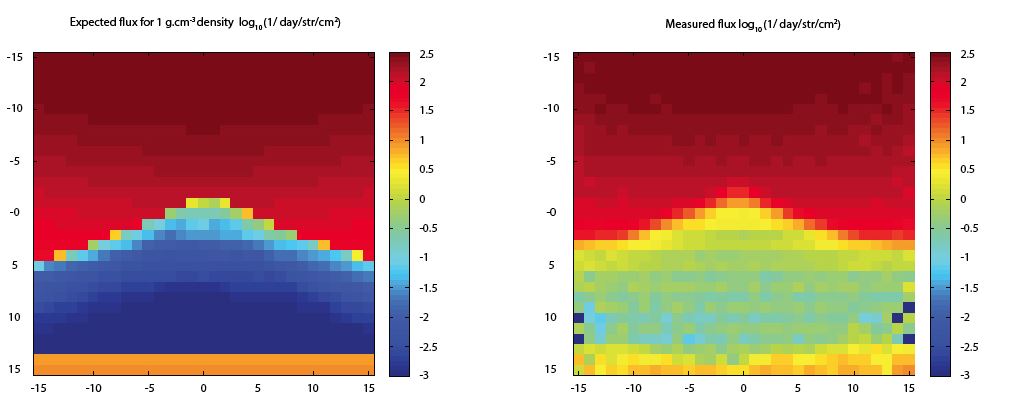Project Overview
Mayon volcano is an openly degassing basaltic andesite volcano, located in the Philippines, that produces mostly small, but frequent eruptions. The most recent eruptions, in 2006, 2009 and 2014 were essentially effusive, but the threat of explosive activity required costly evacuations of ~50,000 people for weeks at a time.
This study sheds light on the structure (i.e. density distribution) and geometry of the volcanic conduit, which have so far remained elusive for volcanologists and hazard managers, and allows us to better understand Mayon's volcanic behaviour.
The key to success lies in new tomographic methods using muons. These cosmic particles travel through matter, and the telescpe detects and measures their speed as they pass from the volcano to the telescope.

Analysis of these recorded signals enables rapid assessment of the mass changes in the upper part of the volcanic edifice. These can be due to the removal of old material during purely phreatic explosions, or due to the addition of new material during lava extrusion. We are able track gradual changes of density that are symptomatic of gas or new magma accumulation and compare our MUON data with more traditional monotoring methods, improving our ability to better interpret our monotoring data during volcanic activty.

Funding Sources
- Earth Observatory of Singapore
Project Years
2014, 2015, 2016